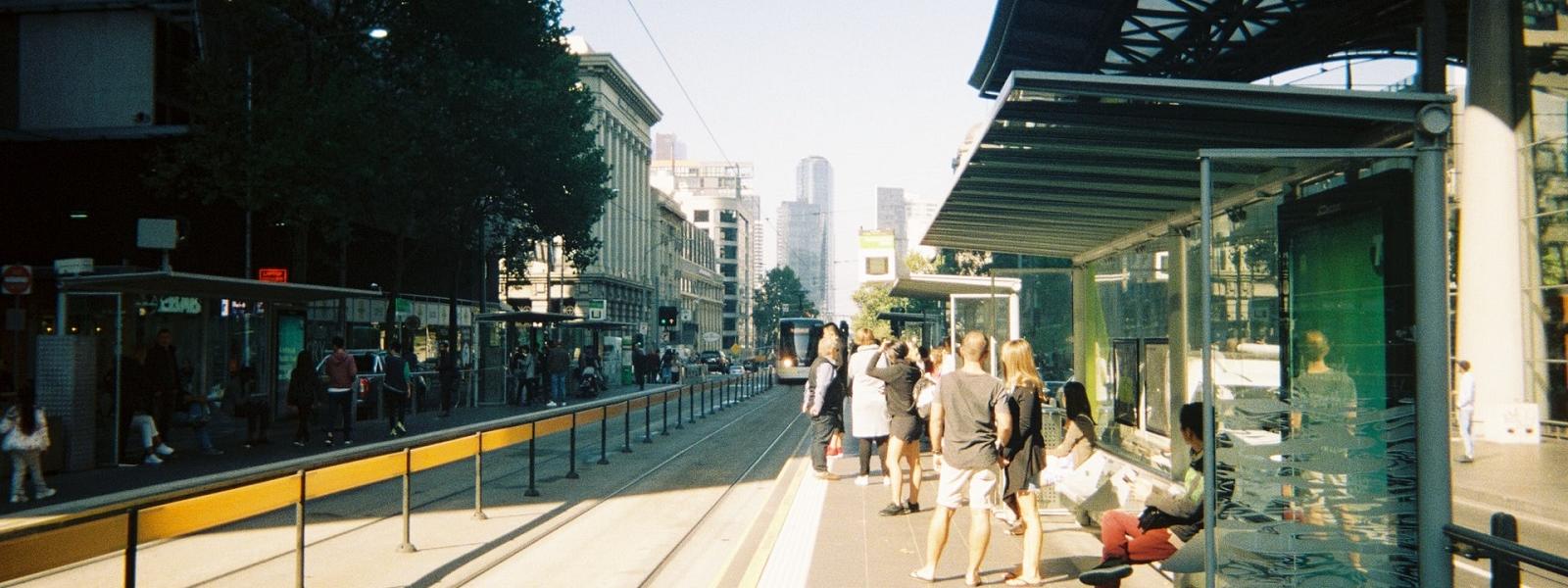Understanding fare capping

more
What is fare capping and what are the benefits ?
Public transport all over the world was heavily affected by Covid 19 with transit ridership hitting an all-time low in 2020. Two years later, the number of transit riders is going back up but has not yet reached pre-covid levels.
More than ever, cities and public transport authorities are investing in smart solutions to encourage riders to use public transport and increase ridership. Fare capping is one of those innovative solutions that have been implemented by many transport authorities and proven to be highly popular with riders.
What is fare capping?
Over the last couple of years, more and more riders have taken the habit of purchasing individual trips rather than a daily, weekly or monthly pass. This is happening for 3 reasons. They do not want to pay a large sum of money upfront, or they are not sure if they’re going to need it or simply because they cannot afford it. However, not investing in discounted passes means they will be spending more over time.
This is where fare capping comes in. Simply put, fare capping is a reward system for regular users which automatically limits how much riders spend on their trips in a day, a week, or a month. Once a rider’s pass purchases in a day, week, or a month add up to the cost of a higher value pass, the rider is automatically granted that higher value pass without needing to purchase it upfront.
Practical examples:
To further explain the concept of fare capping, here are some examples of how it works in practice:
- Mark is a college student. He must take the bus twice a day to go from home to school and the other way around, which costs him $2 x 2 = $4. Some days, Mark goes to meet his friends to work together on group projects and therefore needs two additional trips, which cost him an extra $2 x 2 = $4, making a total of $8 a day. However, with fare capping, Mark is only charged $5 (daily pass fee) instead.
- Jennifer is a finance advisor in the city. She works four days a week in the office and one day from home. She therefore has to buy four daily passes at $8 x 4 = $32. Often, Jennifer has to go in the office an extra day for meetings, which costs her an additional $8, making it a total of $40. However, with fare capping, Jennifer is only charged $35 (weekly pass fee)
What are the benefits of fare capping?
Fare capping has a lot to offer. As simple as it may seem, this concept has proven to help riders, transport authorities, and cities in many ways:
Benefits for the riders:
- Travelling at a fair price: Riders do no longer have to worry about getting overcharged for their journeys.
- Better customer experience: Riders benefit from a stress-free purchasing experience.
- Social equity: Low-income riders are no longer penalized for not being able to afford the pass fee upfront.
Benefits for the transit agency
- Increased ridership: Public transport authorities can attract new riders, therefore increasing the overall public transit ridership.
- Environment friendly: More riders are inclined to use public transport, which helps reduce congestion and shrinking the city’s carbon footprint.
- Attractive territory: Having a modern and customer centered transit system has proven to help cities attract more tourists and investments.
